France, second half of the 19th century
A refined biscuit porcelain figural group, most likely made in France around 1850–1870, depicting an elegant classical allegory. The sculptural composition, rich in movement and harmony, features a seated lady being crowned with flowers by a youth, surrounded by maidens and cherubs engaged in graceful gestures and fluid drapery.
The unglazed matte white surface of the biscuit evokes the look of neoclassical marble sculpture, with meticulous attention to anatomical detail, hair styling, and expressive poses. The group is mounted on a lavishly cast and chiseled gilt bronze base, richly adorned with Rococo scrolls and foliate ornaments, typical of the Second Empire taste.
A decorative object of remarkable theatrical impact, suited for aristocratic interiors, and an excellent example of the eclectic and neoclassical revival style of late 19th-century French decorative arts.


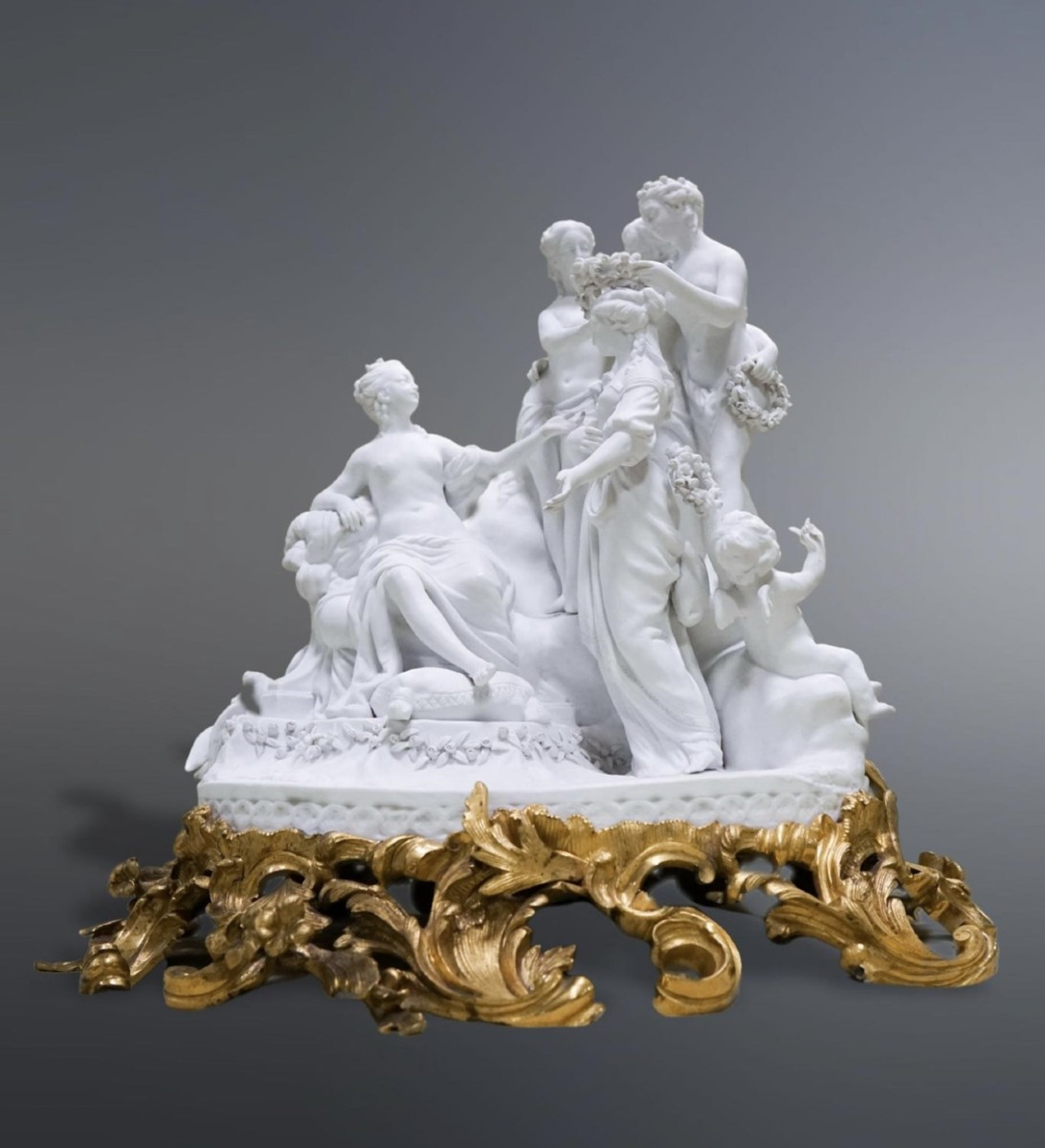













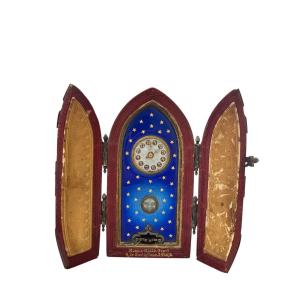



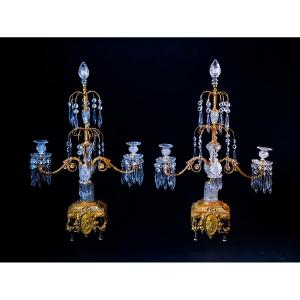
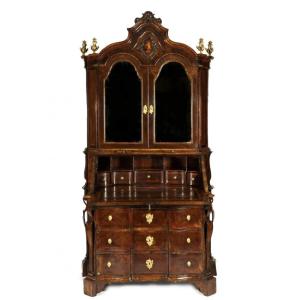
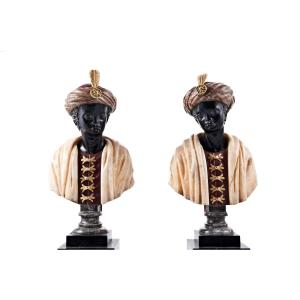
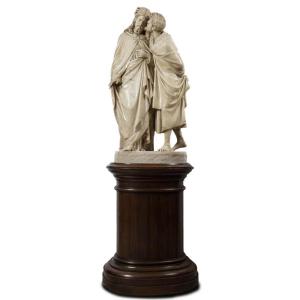






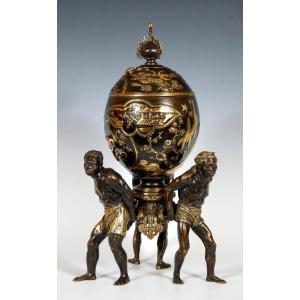
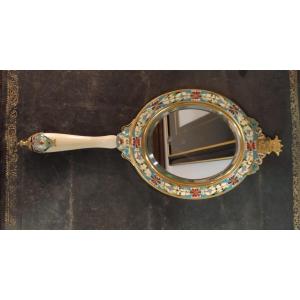




 Le Magazine de PROANTIC
Le Magazine de PROANTIC TRÉSORS Magazine
TRÉSORS Magazine Rivista Artiquariato
Rivista Artiquariato